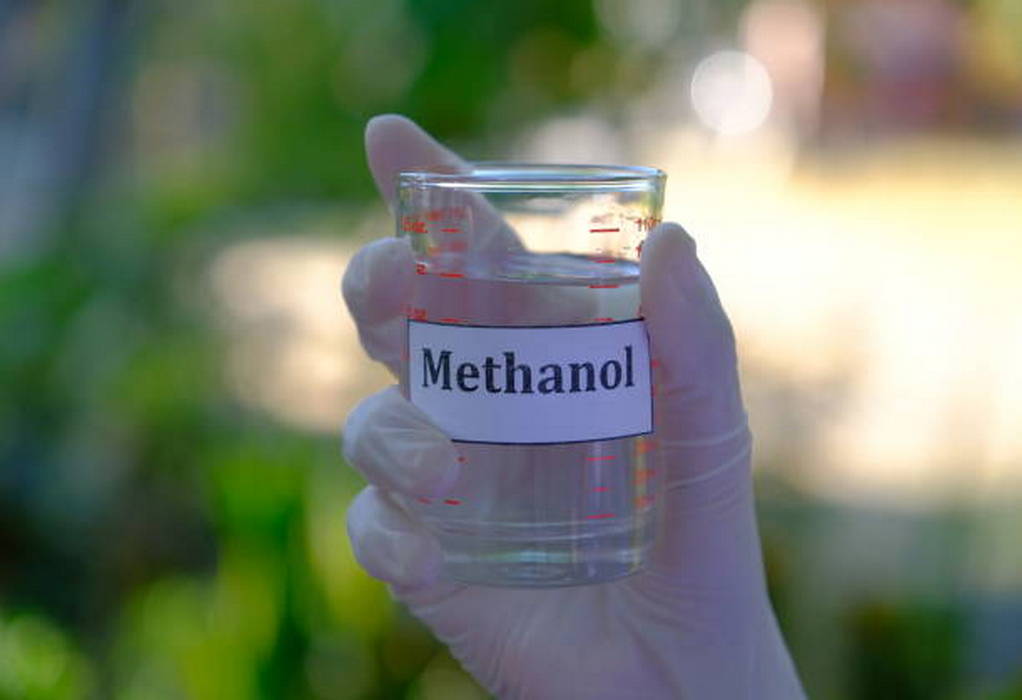Researchers at Stockholm University have for the first time been able to study the surface of a copper-zinc catalyst when carbon dioxide is reduced to methanol. The results are published in the scientific journal Science. A better knowledge of the catalytic process and the possibility of finding even more efficient materials opens the door for a green transition in the chemical industry.
Methanol is currently one of the most important petrochemical basic chemicals, with an annual production of 110 million metric tons, and can be converted into tens of thousands of different products and used for the manufacture of, for example, plastics, detergents, pharmaceuticals and fuels. Methanol also has the potential to become a future energy carrier where, for example, aviation fuel can be produced using captured carbon dioxide and hydrogen from electrolysis of water instead of using natural gas. A future green transformation of the chemical industry, similar to the one with green steel, where wind or solar energy drives electrolytic cells is therefore a possibility.
Source: https://phys.org/news/
Tags: Carbon dioxide, Chemical Industry, Methanol, Stockholm University



Recent Posts
ZeroNorth’s SMARTShip platform integrates with ClassNK MRV portal to automate emissions reporting
Towngas Partners with TLB, Pacific Basin to Advance Green Marine Fuel Infrastructure in Hong Kong
SECI Extends Bid Deadline for Green Ammonia Tender Under SIGHT Scheme
Greenzo Energy Bags ₹320 Cr Order from Oswal Energies for 20 MW Green Hydrogen Plant in Gujarat
Toyota Kirloskar and Ohmium International Join Forces to Develop Green Hydrogen Solutions in India
EST-Floattech Expands Octopus Series with Lithium Iron Phosphate Battery Modules
PowerCell’s Marine System 225 receives Type Approval from Lloyd’s Register
Echandia Secures SEK 325 Million in Funding to Advance Maritime Electrification